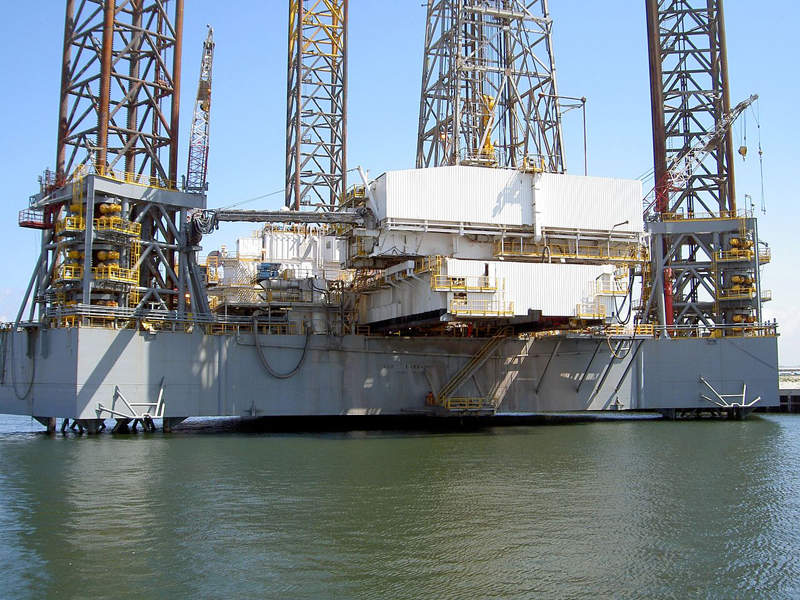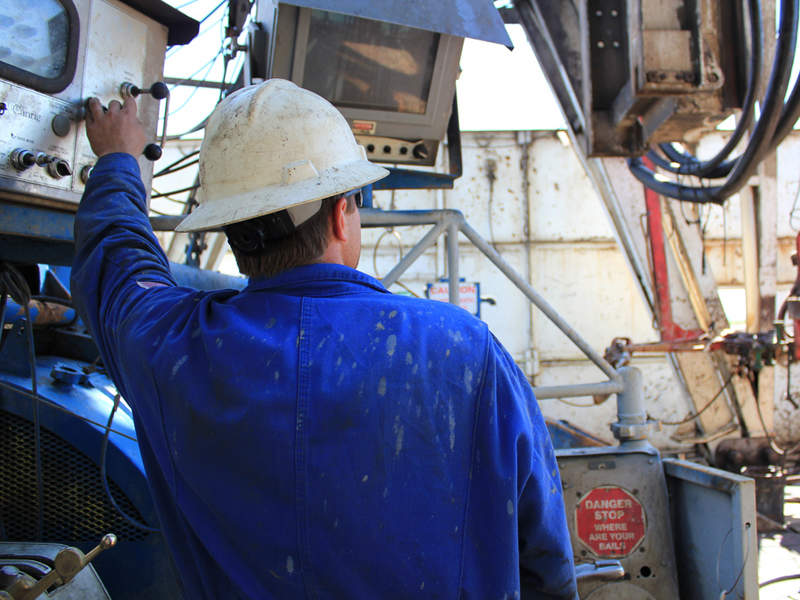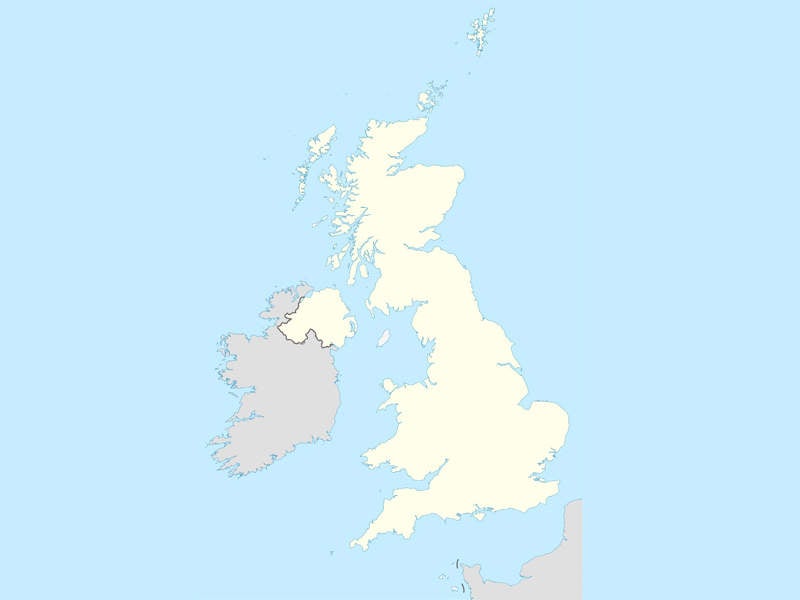The Platypus gas field is located in 45m of water in blocks 48/1a and 47/5b of the production license P1242, offshore in the south of the North Sea, UK.
The gas field is located adjacent to the Possum gas prospect, 18km north-northwest of the West Sole gas field and 15km west-southwest of the Babbage field.
Dana Petroleum operates and holds a 59% stake in the Platypus field. The other partners in the field are Calenergy Gas (15%), Parkmead (E&P) (15%) and Zennor North Sea (11%).
The field is estimated to contain recoverable reserves of 105billion cubic feet (bcf) and is expected to produce 47million cubic feet of gas per day (MMscfd) during peak production.
An environmental statement for the field development was prepared in October 2019 and the detailed design phase of the project is expected to commence in 2020.
The field is expected to come online in the first quarter of 2022, with an estimated operational life of 20 years.
Platypus gas field reserves and geology
The Platypus field is estimated to hold approximately 180 billion ft3 of gas reserves.
The field reservoir is of high-quality Rotliegend age and contains sandstone from the Lower Leman formation.
Platypus gas field discovery
The Platypus field was discovered when the 48/1a-5 well drilled in April 2010, in water depths of 142ft.
The well was drilled to a total depth of 11,048ft by the Transocean GSF Labrador drilling rig and encountered 218ft of good quality gas.
The discovery well was suspended and is planned to be re-entered in the future for use as a gas production well.
Exploration and appraisal on Platypus gas field
The Platypus field was appraised by the 48/1a-6 well spud by the Ensco 80 jack-up drilling rig in April 2012. The well was drilled to a depth of 14,175ft after drilling a 3,100ft horizontal section within the reservoir.
The appraisal well was flow-tested and a flow rate of 27MMcf a day of gas was achieved on a 96/64in choke. The well was suspended to be used as a production well in future.
Platypus gas field development details
The field will be developed as a subsea tie-back to the Cleeton Wellhead (CW) platform.
Two subsea production wells will be drilled to an approximate depth of 3,109m. The development wells will be connected to a new Platypus subsea manifold.
A subsea control umbilical will be installed along with the pipeline which will be used to send controls from Cleeton.
Gas produced by the field will be transported to the Cleeton platform via a 23km-long pipeline and will then be routed to the Dimlington terminal for separation and processing.
A new umbilical will be laid from the CW platform to the Platypus field for providing electrical, chemical and communications services.
The CW platform will be bridge-linked to the manned Cleeton CP platform which is connected to the Minerva, Neptune, Ravenspurn, Wollaston and Whittle fields.
Drilling infrastructure details
The Ensco 80 jackup drilling rig is 243ft long and 200ft wide and can operate in water depths of 225ft, with a maximum drilling depth of 30,000ft.
The rig is equipped with a drilling package comprising a Dreco 160ftx30ftx30ft x derrick with a capacity of 1.5Mlbs. It features draw works comprising of a National 1625-DE, 3,000Hp, Baylor 15050 electric brake with battery backup. The rig also includes a Kinetic Energy Monitoring System KEMS-0006system.
The Transocean GSF Labrador is a three-legged jackup drilling rig, which entered service in 1983. It can operate in water depths of 300ft and has a maximum drilling depth capacity of 25,000ft.





